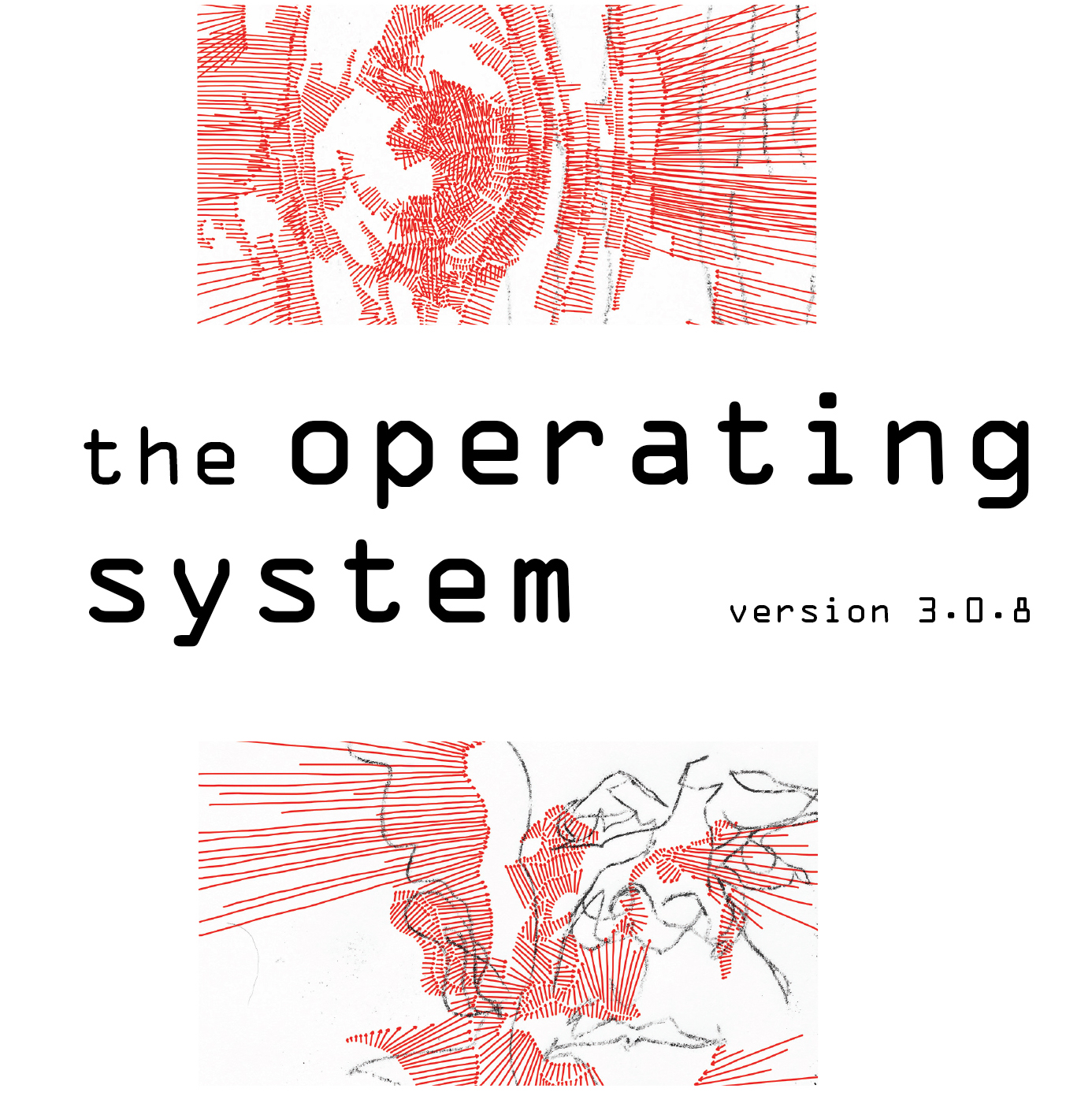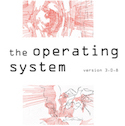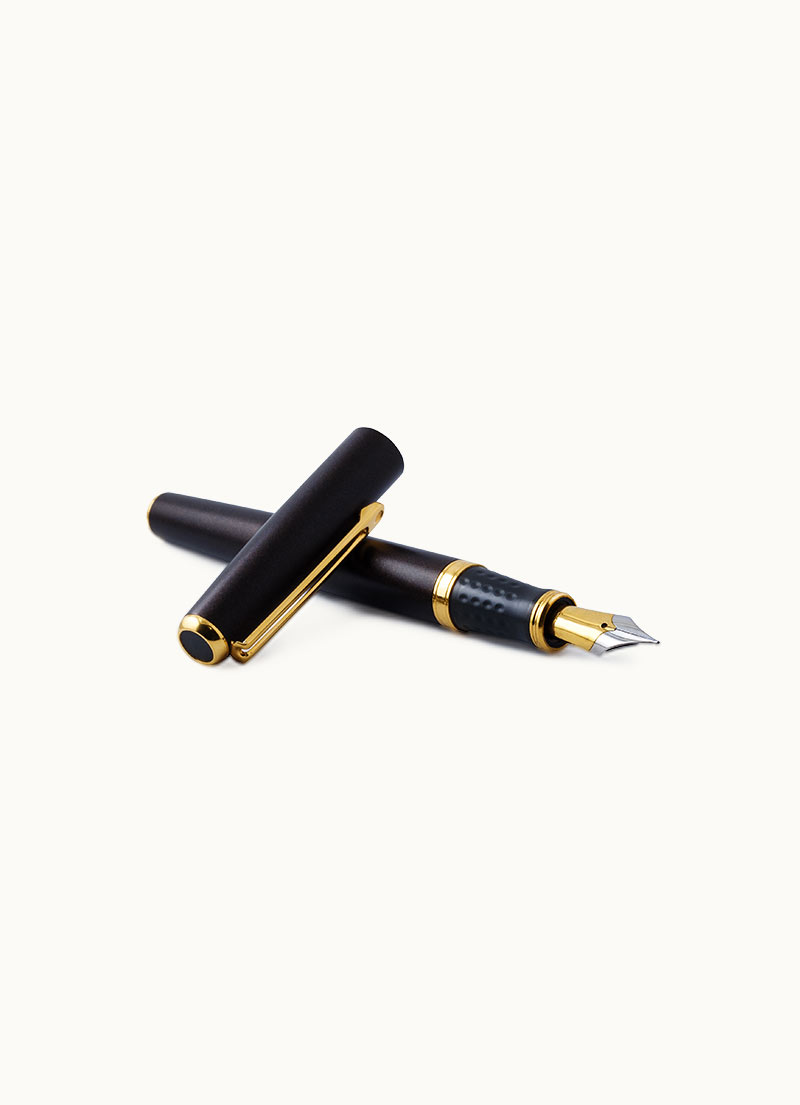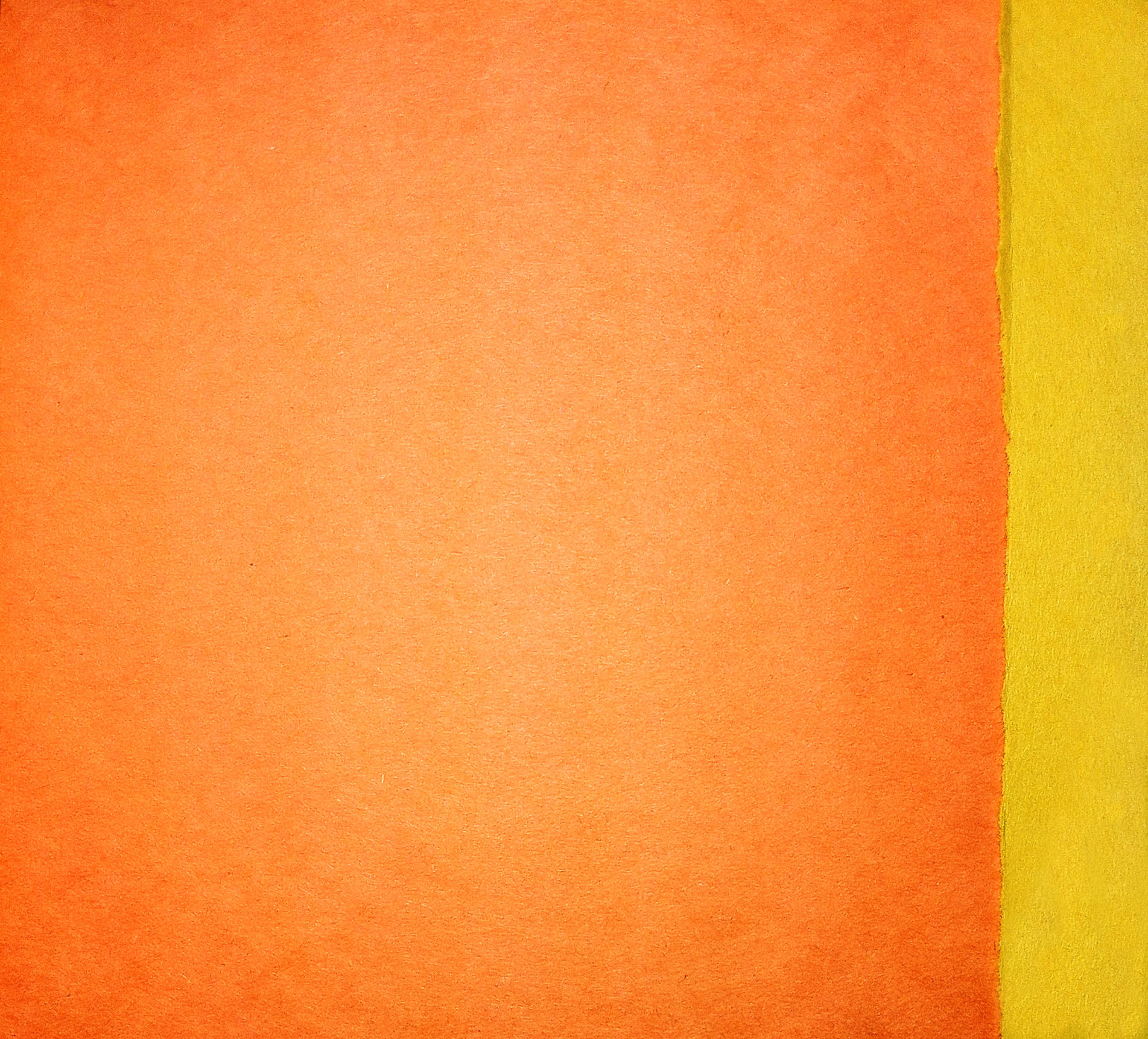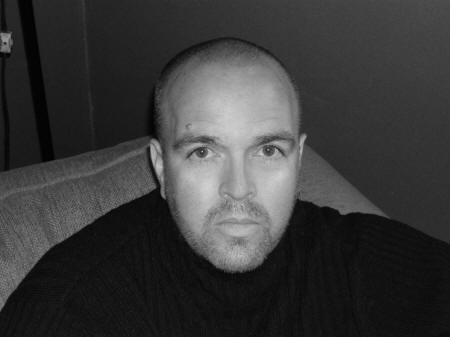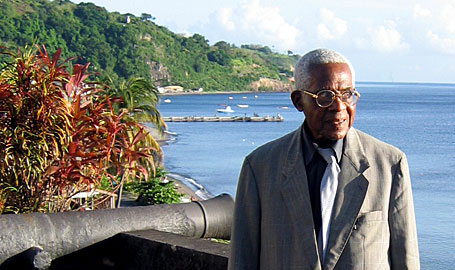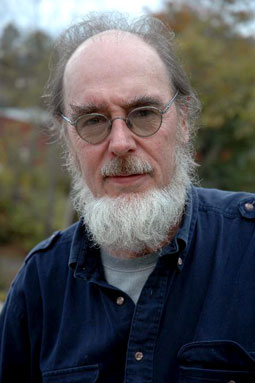AWESOME CREATORS :: OPENINGS : THRIVING AT THE LIMEN OF CREATIVITY AND TRANSCENDENCE
li·men; n. pl. li·mens or lim·i·na 1. The threshold of a physiological or psychological response. 2. The external opening of a canal; an entrance. limi·nal adj. [line] I consider it a really good sign that my gut impulse on starting to write up this introduction to OPENINGS is to begin with the word,
FIELD NOTES: WHAT WE ECHO::Perpetual Creation—Collaborative Momentum
This week Danny and I passed the three month mark of our journey across the United States. Three months in, the goal still centers on journeying outside of our selves. That task complicates itself at every turn, but the motion
FIELD NOTES :: No Instructions for Assembly :: Kameelah Rasheed's Photographic Memory
 While an Artist in Residence at the Center for Photography at Woodstock this summer, I continued to work on the series Memories: No Instructions for Assembly. This series which has morphed into six evolving iterations - I, II, III, IV, V, and VI is born from my family's experience with displacement and loss. There is limited photographic evidence that my family ever existed. Photographs were lost when we were unlawfully removed from our home in 1998. Some photographs were water-damaged or accidentally trashed before we packed seven lives and accompanying articles into a burgundy station wagon and made our home in a 450-square foot illegal attachment where my grandfather died, alone, nine years prior of stomach cancer. An attempt to conjure my family back into existence, in Memories: No Instructions for Assembly, I weave together orphaned photographs found at garage sales, photos stolen from the Facebook pages of estranged family members, magazine pages, water-damaged images salvaged during my family's 10-year bout with homelessness, and original photography to re-imagine a lost family history. Working in the tradition of the archaeologist and the archivist, I sample as well as reorganize existing materials into a series of images to produce a non-linear narrative that dances between vivid and vague memories.
While an Artist in Residence at the Center for Photography at Woodstock this summer, I continued to work on the series Memories: No Instructions for Assembly. This series which has morphed into six evolving iterations - I, II, III, IV, V, and VI is born from my family's experience with displacement and loss. There is limited photographic evidence that my family ever existed. Photographs were lost when we were unlawfully removed from our home in 1998. Some photographs were water-damaged or accidentally trashed before we packed seven lives and accompanying articles into a burgundy station wagon and made our home in a 450-square foot illegal attachment where my grandfather died, alone, nine years prior of stomach cancer. An attempt to conjure my family back into existence, in Memories: No Instructions for Assembly, I weave together orphaned photographs found at garage sales, photos stolen from the Facebook pages of estranged family members, magazine pages, water-damaged images salvaged during my family's 10-year bout with homelessness, and original photography to re-imagine a lost family history. Working in the tradition of the archaeologist and the archivist, I sample as well as reorganize existing materials into a series of images to produce a non-linear narrative that dances between vivid and vague memories. ART: DESERT RAVEN PHOTOGRAPHY :: Capturing Creators "For the Love of ART"
Desert Raven Photography is a collaborative endeavor between Ashley Garvy and Audrey Helow - a company birthed out of their desire to be continuously making art together. Garvy and Helow took the time and made the effort to find a way. To
FIELD NOTES: WHAT WE ECHO::Animating in Mississippi: Danny Madden and Benjamin Wiessner
Travel often makes me aware of the many roles that I continually fulfill without realizing them. There are moments in any successful trip that cause the traveler to come face to face with his/her own intentions, hopefully causing the traveler
FIELD NOTES : Architectural Uncanny, PART 2 :: Martin Byrne's Moments of Environmental Opportunity
 Every now and again, as I walk around these not-so-pristine streets, my eye will catch something small, some strange forgotten detail on a building facade and it will tell me to record it in some way, sketch or otherwise, in order for it not to be forgotten entirely. Other times, my forehead opens up and things fall out and I'll need a place to catch them.Most often though, the idle thoughts that pass through typically revolve around or revolve in some kind of environment, not necessarily a building, maybe a set of buildings, or a wilderness, none of which exist in the proper sense, and therefore need to find space on a notebook page. The design process that has sort of formed itself within me over the years took a narrative turn while I was working on my master's degree. The sense that buildings and environments needed to be created through the positivist flow seemed to be too limited and cold for my tastes and the only way to find new opportunities in design would be to come at it from the other side. Or from underneath, as the case may be. This lead me towards intuition, accident, error, and then eventually to poetry, though I far from consider myself to be any kind of poet.
Every now and again, as I walk around these not-so-pristine streets, my eye will catch something small, some strange forgotten detail on a building facade and it will tell me to record it in some way, sketch or otherwise, in order for it not to be forgotten entirely. Other times, my forehead opens up and things fall out and I'll need a place to catch them.Most often though, the idle thoughts that pass through typically revolve around or revolve in some kind of environment, not necessarily a building, maybe a set of buildings, or a wilderness, none of which exist in the proper sense, and therefore need to find space on a notebook page. The design process that has sort of formed itself within me over the years took a narrative turn while I was working on my master's degree. The sense that buildings and environments needed to be created through the positivist flow seemed to be too limited and cold for my tastes and the only way to find new opportunities in design would be to come at it from the other side. Or from underneath, as the case may be. This lead me towards intuition, accident, error, and then eventually to poetry, though I far from consider myself to be any kind of poet.FILM: ornana
A month ago, I left New York—drove from Brooklyn sixteen hours straight to Peachtree City, Georgia. When I pulled up, a few of my favorite people were on the back porch of a normally quiet suburban house. We were gathered to film another ornana short.
AWESOME CREATOR: Peter Jay Shippy, Poet/Educator
Amid all the excitement around Exit Strata’s Print! Launch, I have been thinking about the previous launchings that have brought me to this project. One of the most important launches for me was being set off on my journey into
POETRY MONTH 30/30/30: Inspiration, Community, Tradition: DAY 30! (Could it be?) :: Lindsey Boldt on Aimé Césaire
 The other night poets Julian Brolaski and E. Tracy Grinnell were in town and in a bar rotten with poets in North beach, we got to talking about translation and our varying positions on the desire vs. intimidation spectrum in relation to doing our own translations. I brought up the Martinican poet, Aimé Césaire, as an example of a poet whose writing would interest me enough to translate it. I had been saying how French can feel too precise, too clean, too “le mot juste” when I really love a hot mess. Aimé Césaire takes French, a very coy language, very good at hiding its skeletons, and busts open the closets letting the nasty flesh-dripping zombies come out...and muck things up. Césaire’s French, one that excretes vivacity, vitriol and jouissance like the flora and fauna, the active volcanoes he invokes in his poems, reminds us of the proliferation of Frenches, just like our current proliferation of Englishes, that exist in spite of and because of France’s imperialist history.
Julian brought up the hybridity of Cesaire’s texts, specifically thinking of his “Cahier d’un retour au pays natal” [Notebook of a return to the native land] which reminded me of my first encounters with Césaire in college. I had never seen prose live and move like his--be that “free”. I had been trying to wake my own prose writing from a death-like stupor when a professor of French and Francophone literature, Maryanne Bailey, who had visited Césaire in Martinique, introduced us to his collected poetry, translated by Clayton Eshleman. We read it both in French and English and I learned in the process that if you want your writing to live on the page it really helps if you hate the language, hate its restrictions and biases. You have to be willing to beat it up and knock it around a bit. You have to let your true ambivalence show. No, more than that, you have to make the language speak your radical visions; the same ones that would tear apart and rip out at the roots the society that grew that language and the shit storm you grew up in. As Césaire says in his essay “The Responsibility of the Artist” when referring to decolonization,“What is necessary is to destroy it, that is, tear out its roots. This is why true decolonization will either be revolutionary or will not exist.” [ed: full text at link]
The other night poets Julian Brolaski and E. Tracy Grinnell were in town and in a bar rotten with poets in North beach, we got to talking about translation and our varying positions on the desire vs. intimidation spectrum in relation to doing our own translations. I brought up the Martinican poet, Aimé Césaire, as an example of a poet whose writing would interest me enough to translate it. I had been saying how French can feel too precise, too clean, too “le mot juste” when I really love a hot mess. Aimé Césaire takes French, a very coy language, very good at hiding its skeletons, and busts open the closets letting the nasty flesh-dripping zombies come out...and muck things up. Césaire’s French, one that excretes vivacity, vitriol and jouissance like the flora and fauna, the active volcanoes he invokes in his poems, reminds us of the proliferation of Frenches, just like our current proliferation of Englishes, that exist in spite of and because of France’s imperialist history.
Julian brought up the hybridity of Cesaire’s texts, specifically thinking of his “Cahier d’un retour au pays natal” [Notebook of a return to the native land] which reminded me of my first encounters with Césaire in college. I had never seen prose live and move like his--be that “free”. I had been trying to wake my own prose writing from a death-like stupor when a professor of French and Francophone literature, Maryanne Bailey, who had visited Césaire in Martinique, introduced us to his collected poetry, translated by Clayton Eshleman. We read it both in French and English and I learned in the process that if you want your writing to live on the page it really helps if you hate the language, hate its restrictions and biases. You have to be willing to beat it up and knock it around a bit. You have to let your true ambivalence show. No, more than that, you have to make the language speak your radical visions; the same ones that would tear apart and rip out at the roots the society that grew that language and the shit storm you grew up in. As Césaire says in his essay “The Responsibility of the Artist” when referring to decolonization,“What is necessary is to destroy it, that is, tear out its roots. This is why true decolonization will either be revolutionary or will not exist.” [ed: full text at link]
POETRY MONTH 30/30/30: Inspiration, Community, Tradition: DAY 29 :: Doug Van Gundy on Eamon Grennan
 The thing that first drew me to the poetry of Eamon Grennan was his deft handling of ekphrasis and his strong, playful sense of the music that is possible within a poem. “In The National Gallery, London” from his first book, What Light There Is still stands as perhaps the most shining exemplar of these twin traits in his work.
On my first trip to London a few years ago, I carried a photocopy of this poem with me. During my visit to the Dutch galleries that inspired Grennan, I found myself reading the poem out loud to the Rembrandts and Vermeers and Avercamps (and the handful of other patrons within earshot) in an effort to reverse-engineer the impulse that led to this chewy, musical poem.
The thing that first drew me to the poetry of Eamon Grennan was his deft handling of ekphrasis and his strong, playful sense of the music that is possible within a poem. “In The National Gallery, London” from his first book, What Light There Is still stands as perhaps the most shining exemplar of these twin traits in his work.
On my first trip to London a few years ago, I carried a photocopy of this poem with me. During my visit to the Dutch galleries that inspired Grennan, I found myself reading the poem out loud to the Rembrandts and Vermeers and Avercamps (and the handful of other patrons within earshot) in an effort to reverse-engineer the impulse that led to this chewy, musical poem.
